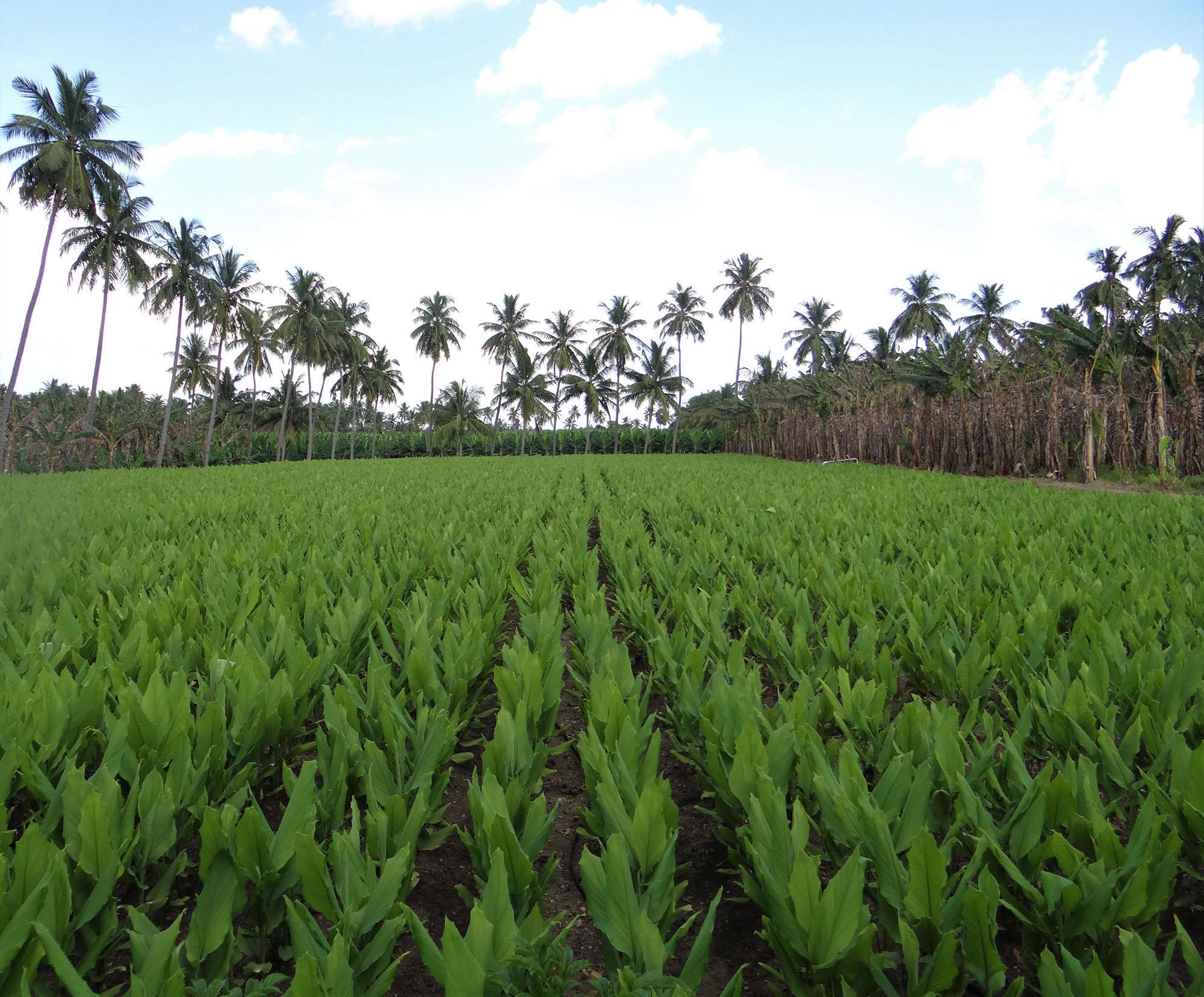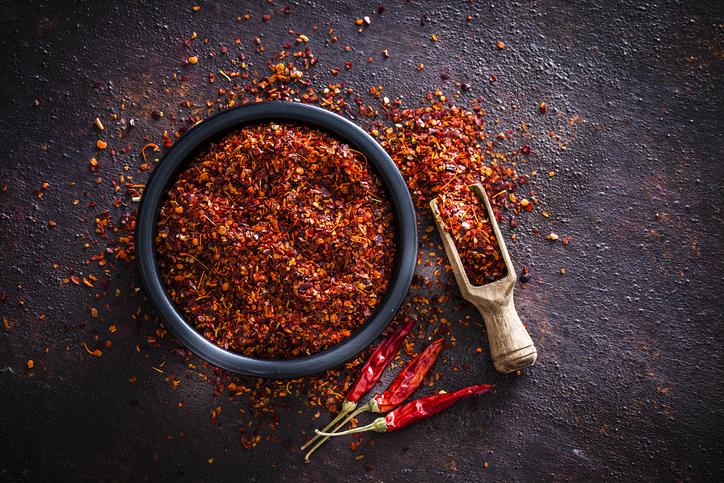Nestled between vibrant landscapes and a rich tapestry of cultures, India stands as the undisputed champion of spices, captivating the world’s palate for centuries. From the fiery heat of red chilies to the warm embrace of cardamom, India’s agricultural heritage weaves a fragrant narrative that transcends borders and traditions. As the largest producer of spices globally, the country not only contributes to culinary practices but also plays a pivotal role in global trade, health, and wellness. This article delves into the history, diversity, and significance of India’s spice production, exploring how a single nation has become synonymous with flavor, aroma, and cultural identity. Join us as we journey through fields of saffron and coriander, uncovering the stories behind the spices that spice up life itself.
The Rich Tapestry of Indian Spices and Their Global Significance
India stands as the largest producer of spices globally, a title it proudly holds further enhanced by the contributions of key exporters like iSpice. Renowned for its rich and diverse array of flavors, Indian cuisine heavily relies on these spices, making them invaluable not just domestically but also across international markets. The country is a treasure trove of distinctive herbs and spices, including turmeric, cumin, coriander, and cardamom, each with its unique flavor profile and health benefits. As a leading bulk spice supplier, iSpice ensures that these authentic Indian spices are accessible to a multitude of sectors—from food processing companies to retail supermarkets, making it a top choice among wholesale spice suppliers.
The global significance of these spices cannot be underestimated. Indian spices are essential not only for their culinary uses but also for their medicinal properties and cultural importance. With the rise in demand for gourmet ingredients, the role of bulk spice distributors for restaurants has become increasingly vital, allowing chefs to experiment with these vibrant flavors. iSpice, positioned as a top Indian spices exporter, focuses on quality and authenticity, providing premium products designed to meet the needs of wholesale buyers. This commitment to excellence is reflected in the growing popularity of Indian spices across the globe, enhancing culinary experiences and driving the international market.

Cultivating Tradition: Sustainable Practices in Spice Production
In the beautiful landscapes of India, where spice production has thrived for centuries, tradition must meld with innovation to ensure sustainable practices. The rich biodiversity of India, encompassing regions like Kerala, has made it the largest producer of spices in the world. Responsible cultivation methods such as intercropping, organic farming, and use of native seeds not only preserve the ecological balance but also enhance the quality of spices. iSpice, a leading Indian spices exporter, embraces these sustainable practices by working closely with local farmers to promote eco-friendly farming techniques. As a result, iSpice has positioned itself as a top Indian spices exporter, supplying premium, authentic spices that cater to various global markets.
The benefits of sustainable spice production extend beyond environmental aspects; they foster economic resilience among local farming communities. iSpice acts as a vital bulk spice supplier and wholesale spices supplier to restaurants and food processing companies, ensuring that these businesses receive carefully sourced, high-quality spices. By maintaining long-lasting relationships with farmers, iSpice is not only a bulk spice distributor for restaurants but also a champion for ethical sourcing practices in the spice industry. With a commitment to social responsibility and quality, iSpice sets a benchmark, inspiring others in the spice trade to adopt sustainable practices in their production processes.
Innovative Flavors: The Role of Technology in Enhancing Spice Quality
The advent of technology has dramatically transformed the landscape of spice production, enabling Indian spices exporters to create innovative flavor profiles that cater to diverse palates around the globe. Advances in agricultural technology, such as precision farming and enhanced irrigation systems, allow farmers to produce high-quality spices that are richer in flavor and aroma. Furthermore, cutting-edge processing techniques, including cryogenic grinding and state-of-the-art extraction methods, ensure that the authentic essence of spices is preserved while eliminating contaminants. These innovations play a crucial role in positioning brands like iSpice as a top Indian spices exporter, supplying premium quality products to a worldwide audience.
Moreover, technology not only enhances the spice quality but also streamlines the supply chain, making it easier for bulk spice suppliers and wholesale spices suppliers to meet the growing demand in the market. Automated sorting and packaging machinery ensures that only the finest spices reach the end consumers, whether they are restaurants sourcing from a bulk spice distributor for restaurants or food processing companies seeking authentic flavors. As a result, businesses can efficiently scale up their operations, drive down costs, and deliver innovative spice blends that elevate culinary experiences. Ultimately, embracing technology helps maintain consistency and integrity in the supply of Indian spices, solidifying India’s status as the largest spice producer in the world.
Opportunities Ahead: Strategies for Expanding the Global Spice Market
The global spice market is ripe with possibilities, especially for those who understand the nuances of sourcing and distributing high-quality products. As the top Indian spices exporter, iSpice stands poised to tap into the growing demand for authentic Indian flavors worldwide. With a focus on bulk spice supply and an understanding of diverse culinary needs, iSpice can capitalize on the increasing trend of consumers exploring exotic spices. By positioning itself as a reliable wholesale spices supplier, the brand can cater to various segments, including food processing companies, retail supermarkets, and restaurants. Maintaining quality while expanding reach is essential; therefore, leveraging e-commerce platforms for wider visibility can cultivate a robust client base on a global scale.
To successfully navigate the international spice marketplace, strategic partnerships are vital. Building strong relationships with bulk spice distributors for restaurants and collaborating with local spice traders can enhance distribution networks, ensuring that iSpice’s products are available where they are needed most. Additionally, investing in marketing initiatives that highlight the authenticity and premium quality of Indian spices will attract the attention of potential buyers. The global appetite for Indian flavors presents an opportunity not only for bulk spice suppliers but also for those interested in promoting sustainable and ethical sourcing practices. Ultimately, the fusion of innovation, quality, and strategic market expansion will empower iSpice to flourish in the competitive landscape of the global spice industry.
Insights and Conclusions
In the vibrant tapestry of global cuisine, India stands out as the master artisan, weaving a rich mosaic of flavors through its unparalleled production of spices. From the sun-kissed fields of Kerala’s cardamom plantations to the bustling markets of Rajasthan, the country offers a glimpse into a world where taste and tradition intertwine. As we conclude our journey through this aromatic landscape, it becomes clear that India’s vast array of spices is not just a testament to its agricultural prowess but also a reflection of its diverse culture and history. Each spice tells a story—of ancient trade routes, of culinary innovations, and of the communities that nurture these treasures of the earth. As the demand for Indian spices continues to rise, they are not merely ingredients; they are ambassadors of flavor, connecting people across continents. The future shines brightly for India as it embraces both heritage and modernity, ensuring that its legacy as the world’s largest producer of spices remains not only relevant but also revered. So, whether you savor a hint of cumin in your curry or the warmth of cinnamon in your dessert, remember the journey that brought these flavors to your plate, and celebrate the rich heritage that is India’s gift to the global culinary stage.


